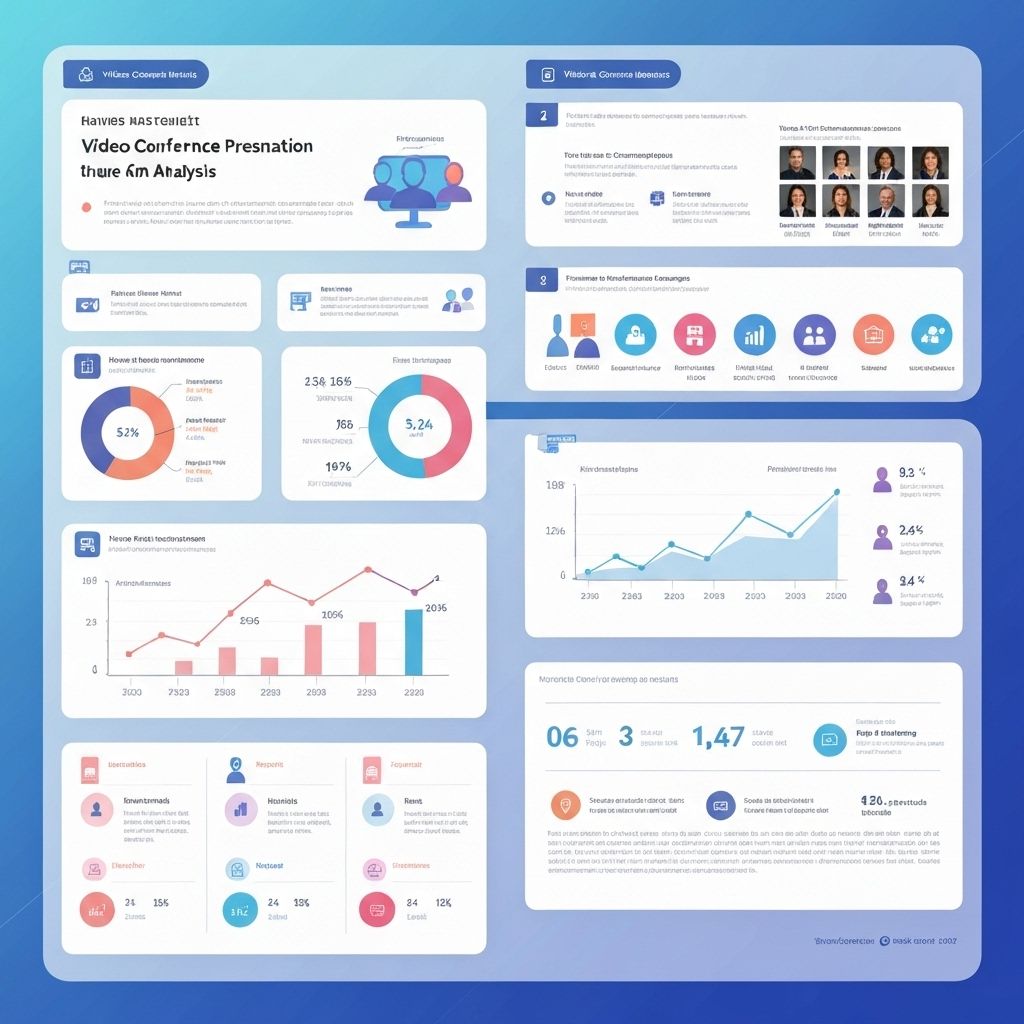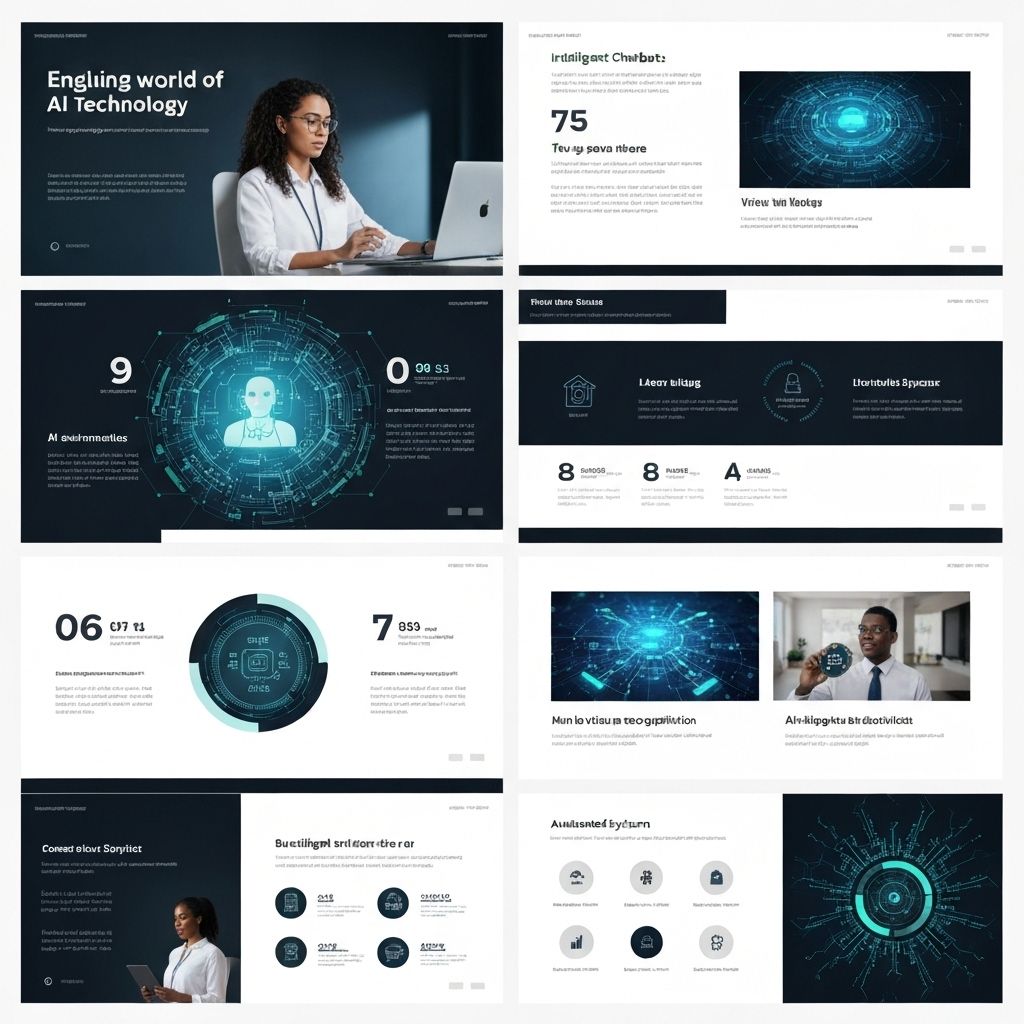Which Video Types Work Best with AI Slide Extraction? A Comprehensive Analysis

Not all videos are created equal when it comes to AI-powered slide extraction. Understanding which video types work best can save you time, improve results, and help you choose the right content for processing. This comprehensive analysis breaks down the most compatible video formats and explains why certain characteristics lead to better extraction results.
The Science Behind Video Compatibility
AI slide extraction relies on computer vision algorithms that analyze visual patterns, detect text, and identify slide boundaries. The success of these algorithms depends heavily on several key factors:
- • Visual clarity and contrast: Clear distinction between text and background
- • Consistent slide layouts: Predictable formatting and structure
- • Stable camera positioning: Minimal movement or shaking
- • Adequate slide duration: Sufficient time for AI to process each slide
- • Proper lighting conditions: Even illumination without glare or shadows
Top-Performing Video Types
1. Screen-Recorded Presentations
Compatibility Score: 95/100
Screen recordings of presentations are the gold standard for AI slide extraction. These videos capture slides directly from the presenter's screen, resulting in pixel-perfect quality and maximum clarity.
Why they work so well:
- • Direct digital capture eliminates quality loss
- • Consistent resolution and formatting
- • No camera distortion or angle issues
- • Perfect text readability
2. Professional Webinars
Compatibility Score: 90/100
High-quality webinars typically feature excellent slide visibility, professional lighting, and stable camera work. The controlled environment ensures consistent results.
Key advantages:
- • Professional production quality
- • Slides occupy majority of frame
- • Minimal visual distractions
- • Clear audio-visual synchronization
3. Conference Presentations (High Quality)
Compatibility Score: 85/100
Well-recorded conference presentations with professional camera work and good lighting conditions provide excellent extraction results.
Success factors:
- • Professional venue lighting
- • High-resolution recording equipment
- • Experienced camera operators
- • Quality projection systems
Moderately Compatible Video Types
4. Educational Lectures
Compatibility Score: 75/100
University lectures and educational content can work well, but results vary significantly based on recording quality and presentation style.
Variable factors:
- • Inconsistent lighting in lecture halls
- • Varying slide design quality
- • Different projection systems
- • Mixed recording equipment quality
5. Corporate Training Videos
Compatibility Score: 70/100
Internal corporate training videos often have decent quality but may lack the professional production values of external presentations.
Common challenges:
- • Inconsistent branding and formatting
- • Variable recording quality
- • Mixed presentation styles
- • Potential for interruptions
Challenging Video Types
6. Smartphone-Recorded Presentations
Compatibility Score: 45/100
While convenient, smartphone recordings often suffer from stability issues, poor lighting, and suboptimal angles that can significantly impact extraction quality.
Common issues:
- • Camera shake and movement
- • Inconsistent focus and exposure
- • Suboptimal viewing angles
- • Limited zoom capabilities
7. Live Stream Recordings
Compatibility Score: 40/100
Live streams can be unpredictable, with varying quality, potential technical issues, and compression artifacts that affect slide clarity.
Potential problems:
- • Compression artifacts
- • Bandwidth-related quality drops
- • Technical interruptions
- • Inconsistent frame rates
Technical Specifications That Matter
Beyond video type, certain technical specifications significantly impact extraction success:
Optimal Technical Requirements:
Resolution & Quality:
- • Minimum: 720p (1280x720)
- • Recommended: 1080p (1920x1080)
- • Optimal: 4K for maximum clarity
Frame Rate & Stability:
- • Minimum: 24 fps
- • Recommended: 30 fps
- • Stable frame rate throughout
Compression & Format:
- • H.264 or H.265 codec
- • Moderate compression levels
- • MP4 or MOV containers
Duration & Pacing:
- • Slides visible for 3+ seconds
- • Clear transition points
- • Consistent pacing
Optimization Tips for Better Results
Even with challenging video types, you can improve extraction results by following these optimization strategies:
Pre-Processing Optimization
Use video editing software to stabilize shaky footage, adjust brightness and contrast, and crop to focus on slide content before processing.
Quality Enhancement
Apply AI upscaling tools to improve resolution and clarity of lower-quality videos before slide extraction.
Segment Processing
Break long videos into shorter segments focusing on presentation portions to improve processing efficiency and accuracy.
Future Compatibility Improvements
AI slide extraction technology continues to evolve, with improvements in handling challenging video types:
- • Enhanced low-light processing capabilities
- • Better handling of camera movement and shake
- • Improved text recognition in various fonts and sizes
- • Advanced compression artifact removal
- • Real-time quality assessment and optimization

